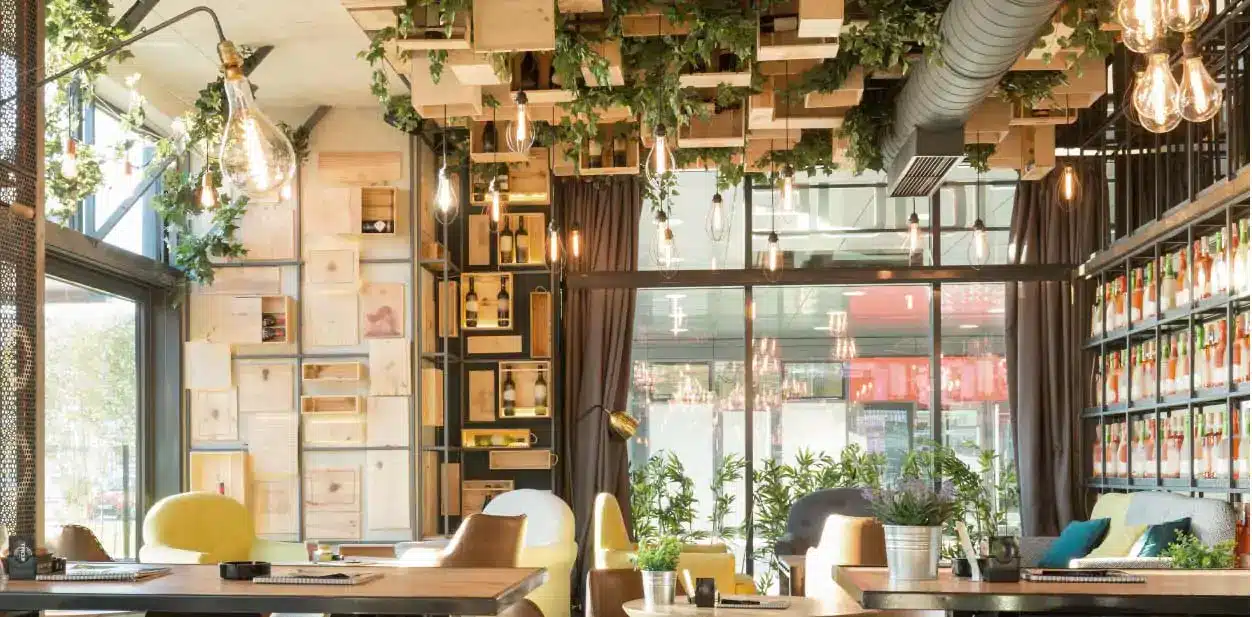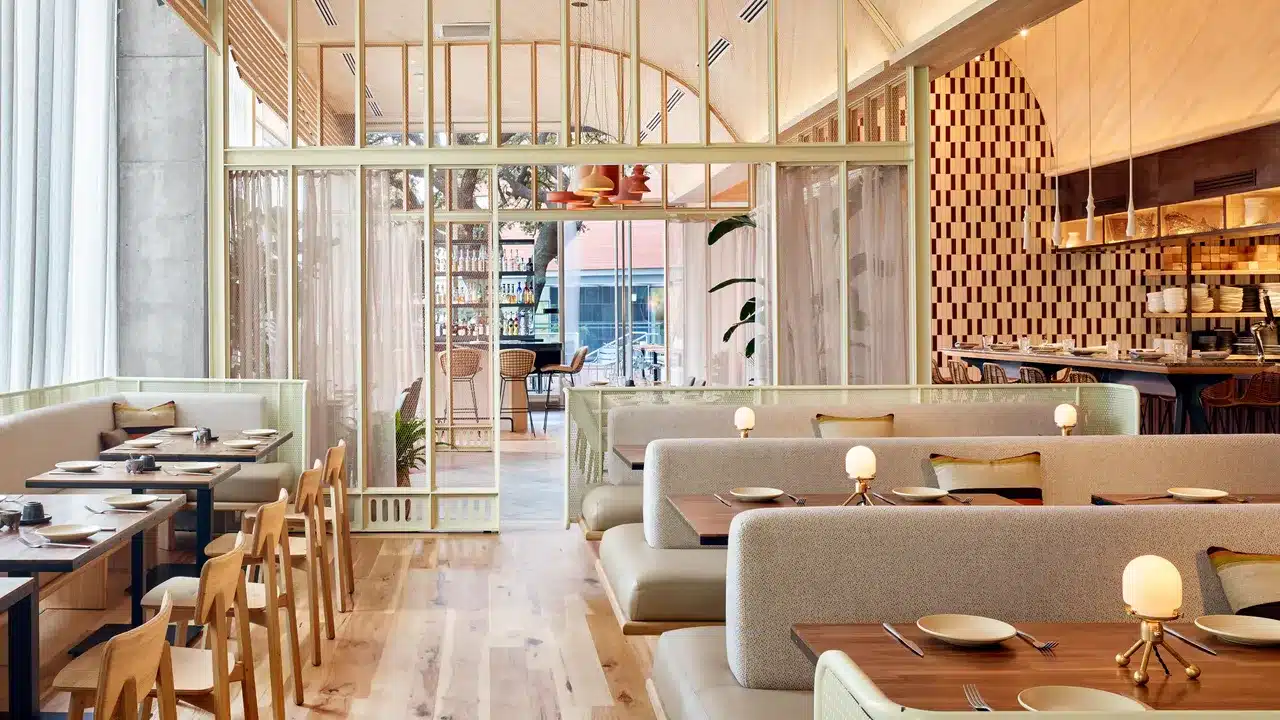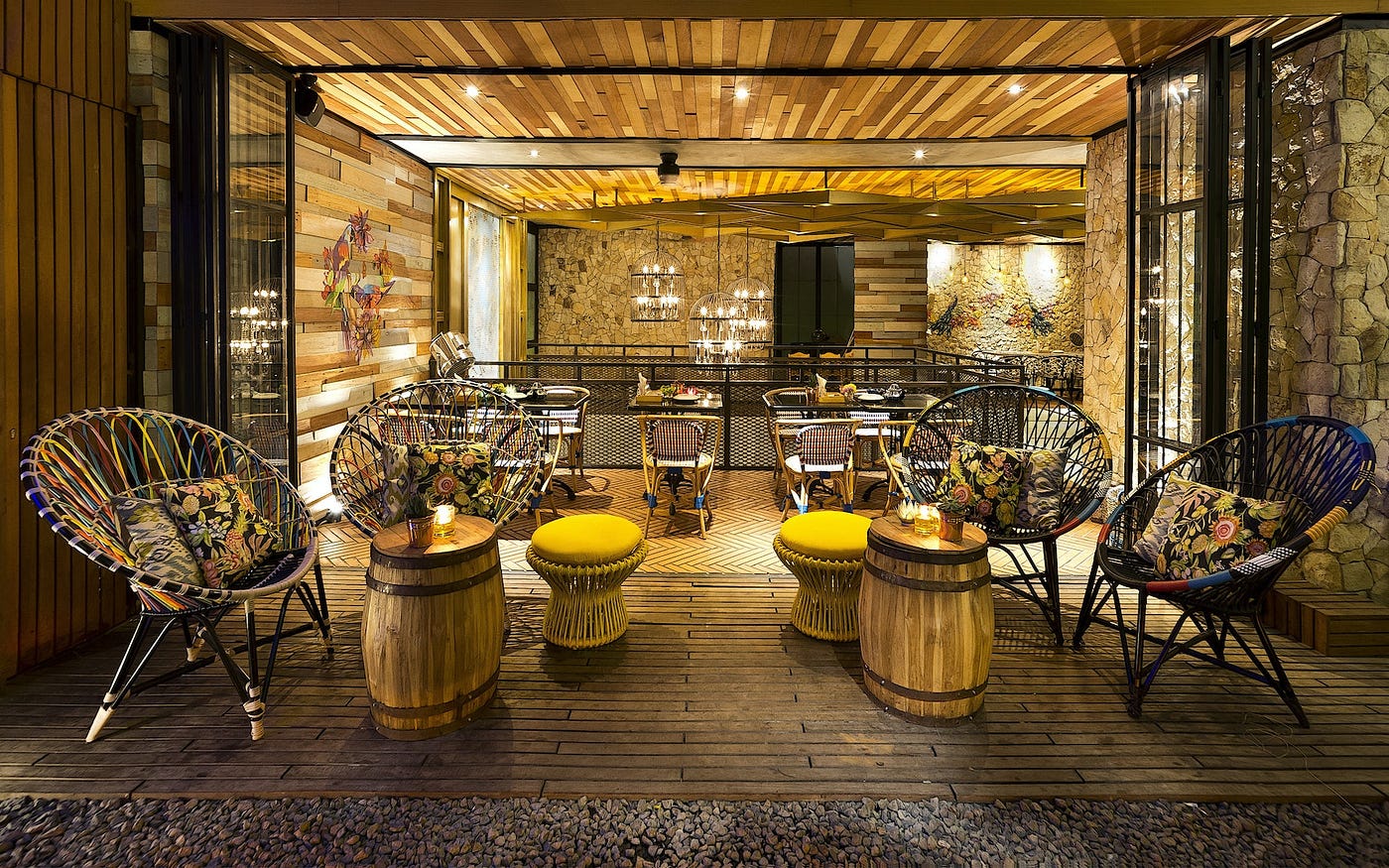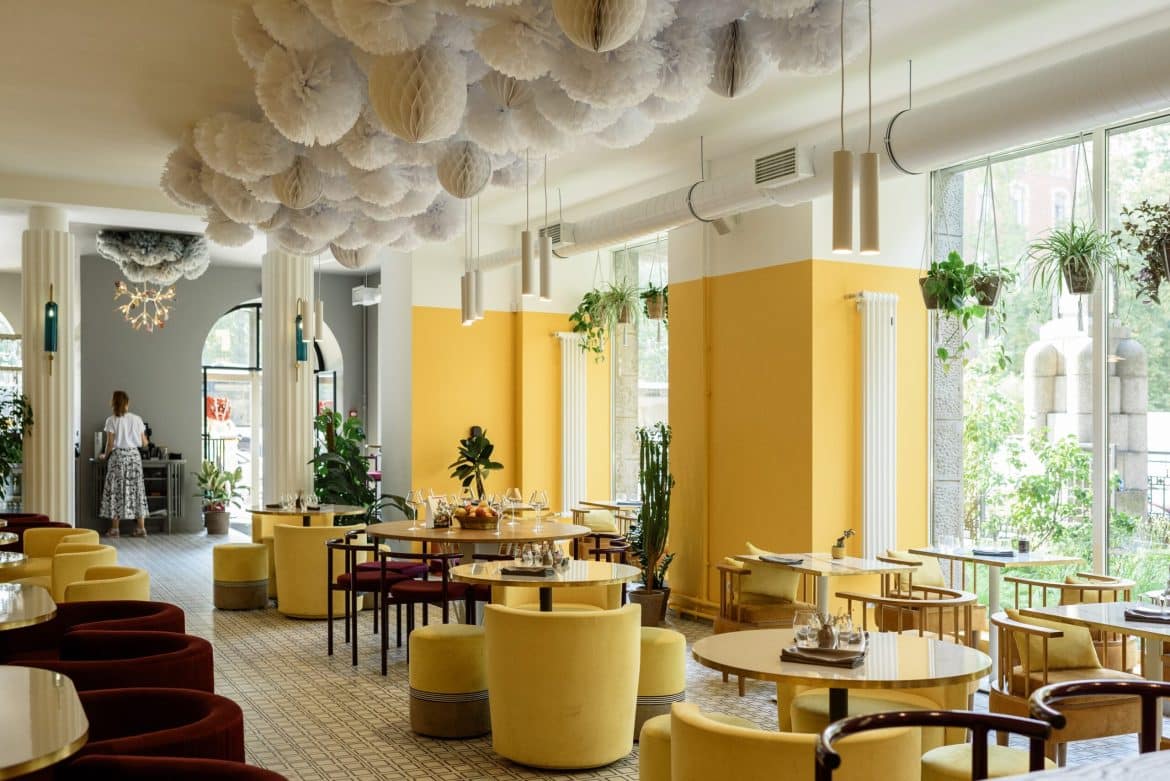The quest for perfection in the busy field of restaurant management extends much beyond the preparation of delicious food. It covers the atmosphere and design of the restaurant itself as well as every facet of the eating experience.
Presenting data-driven design, a ground-breaking methodology that is completely changing the way that restaurant interiors are planned and carried out. In this post, we take a tour around the world of restaurant design and investigate how smart technology and data analytics are being creatively integrated to influence dining areas in the future.
We explore the development of restaurant interiors and the significant effects of data-driven decision-making on sustainability, the overall success of restaurants, and the customer experience, from conventional design paradigms to state-of-the-art smart restaurant furniture solutions.
The Evolution of Restaurant Interiors

However, with the introduction of data-driven design, the scene has changed dramatically. Today, restaurateurs use technology to evaluate consumer preferences, cultural trends, and even economic variables in order to design venues that have a dramatic impact on their target audience.
Understanding Smart Restaurant Furniture
At the center of this shift is the concept of smart restaurant furniture, which combines design and technology to redefine the dining experience.
From interactive tables with touchscreen displays to clever seating arrangements that adjust to consumer flow, the possibilities are limitless. Smart furniture not only improves the aesthetic appeal of restaurants, but it also provides practical benefits such as increased efficiency, customer interaction, and streamlined operations.
However, incorporating smart furniture into restaurant design presents its own set of obstacles, such as cost considerations, sustainability issues, and the need for meticulous planning to enable smooth connection with current infrastructure.
How Data Shapes Design
Data-driven design with AI especially, and its success is dependent on rigorous data gathering and analysis throughout the design process. Restaurant owners can acquire priceless insights into consumer preferences, trends, and developing patterns by combining customer input, market research, and predictive analytics.
This data-driven approach allows them to make educated decisions throughout the design process, from initial concept development to final execution. Also, by leveraging data analytics technologies and predictive modeling techniques, restaurants may improve their interiors to increase customer pleasure, lower operating expenses, and create long-term commercial success.
The Future of Restaurant Interiors

However, these developments bring additional obstacles, such as adaptability, flexibility, and sustainability. Restaurants may place themselves at the vanguard of this quickly shifting market by remaining up to date on technical breakthroughs, using collaborative design approaches, and stressing customer-centricity.
Advancing Customer Experience Through Design
In the drive to provide excellent dining experiences, interior design is critical. Restaurants can create unforgettable encounters that stick with their visitors long after they leave by combining sensory aspects, customized touches, and unique design features.
Likewise, by using technology to personalize interactions and maximize service delivery, restaurants can build stronger relationships with their customers and create loyalty in an increasingly competitive industry.
However, success in this venture necessitates a comprehensive approach that includes not only the physical space, but also the personnel training, operational methods, and brand identification that define the complete dining experience.
Leveraging Sustainability in Restaurant Interiors
With increased concerns about environmental sustainability, restaurants’ responsibility in reducing their ecological imprint has never been more important.
There are numerous ways for restaurants to incorporate sustainability into their interiors, from eco-friendly materials to energy-efficient design techniques. Restaurants may lessen their environmental effect while also appealing to environmentally concerned consumers and differentiating themselves in the market by making deliberate decisions about their sourcing, construction, and operational practices.
Similarly, by taking a long-term approach and investing in sustainable design methods, restaurants can protect their companies from changing regulatory requirements and customer expectations.
Shaping Tomorrow’s Dining Experiences

As we look to the future, it’s clear that the combination of design, technology, and data analytics will continue to transform the eating experience, providing unparalleled prospects for innovation and differentiation.
In addition, the future of restaurant interiors is defined not only by technology improvements but also by sustainability and customer-centric methods. Restaurants can not only minimize their environmental impact but also increase customer happiness and loyalty by using data to influence design decisions and integrate sustainable practices.
Ultimately, the success of tomorrow’s dining experiences will depend on restaurateurs’ ability to embrace change, adapt to evolving trends, and prioritize their customers’ holistic demands while remaining true to their brand identity.

